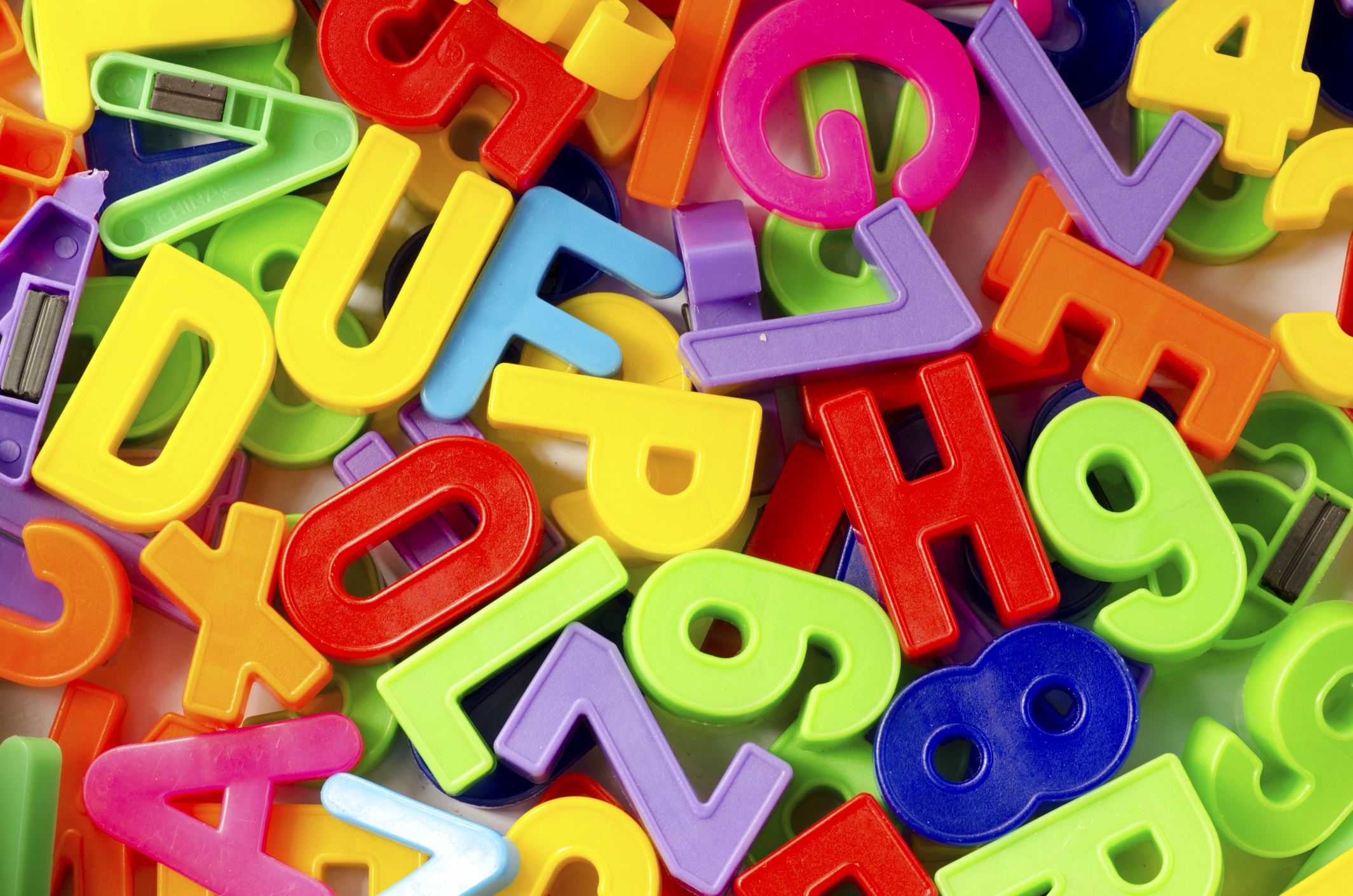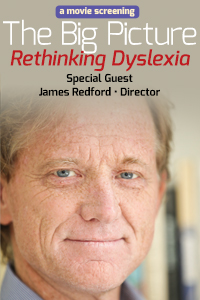Rethinking Dyslexia
By Vivian Henoch, Editor myJewishDetroit
February 1, 2014
Dyslexia. Some would argue that it is a “learning difference,” not a learning disability. Regardless of what to call it, dyslexia means trouble with words: reading, writing, spelling and phonics. Scientists have linked it to genetics and believe it to be a disruption of the neural systems that connect the auditory and speech centers of the brain. In other words, visual information (printed words) and auditory information (spoken words) are processed at different speeds.
How common is dyslexia?
Statistics vary. But research suggests that 15 to 20 percent of the population has dyslexia. About 70 to 85 percent of children diagnosed with a learning disability have dyslexia. Children have a 50 percent chance of having dyslexia if one parent has it and a 100 percent chance if both parents have it.
“Having dyslexia does not determine how successful a child may be in school,” says Rochelle Morais, a special educator working with the Federation’s Opening the Doors program at Frankel Jewish Academy. “Students with dyslexia are not lazy, careless or ‘underachieving,’ though these behaviors may be potential signs of challenges. As educators and parents, it is important to ask why we are seeing what we see. The earlier we recognize dyslexia in students and teach them languages and other skills, using more creative or alternative methods, the better.”

Common myths*
MYTH: Dyslexia is a visual problem and should be treated with eye training. FACT: There is no evidence to support this.
MYTH: Children and adults with dyslexia see and write letters backwards. FACT: Not necessarily. Many children reverse their letters when learning to write, regardless of whether or not they have dyslexia. Reversing letters is not a sure sign of dyslexia; a child can have dyslexia and not reverse letters.
MYTH: Boys are more often dyslexic than girls. FACT: Current studies show the distribution to be nearly identical for boys and girls.
MYTH: One can outgrow dyslexia. FACT: Though dyslexia can range from mild to severe, for many it continues into adulthood. With necessary accommodations and concentrated effort, dyslexics can learn to read and succeed.
MYTH: Smart people can’t be dyslexic. FACT: Some of the very brightest boys and girls struggle to read. Dyslexia occurs at all levels of intelligence. Many gifted people at the top of their fields are dyslexic.
MYTH: There are no clues to dyslexia before a child enters school. FACT: Since reading is based on spoken language, clues to a possibility of dyslexia are present before a child enters school. Children with dyslexia often have slightly delayed speech and difficulty recognizing rhyming words. There is often a family history of reading difficulties as well. Tests can be performed early on, and with early intervention, difficulties may be prevented in school.
*adapted from the Yale Center for Dyslexia and Creativity
How difficult is it to learn Hebrew for students with dyslexia?
Learning a foreign language is hard work, especially for dyslexic learners, and therefore, many parents worry about whether their children with dyslexia have the ability to take on the additional challenge of Hebrew. The English language is a complex language to learn with its varying rules for consonants and vowels and numerous inconsistencies. In general, learning to read Hebrew is less challenging.
Jewish educators, special educators and parents agree that students with dyslexia indeed have the potential to prepare for and participate in B’nai Mitzvah. “Our goal is to prepare each child to the full measure of his or her potential,” says Ellen Maiseloff, Associate Director of the Opening the Doors Program. “The great lesson of a Bar or Bat Mitzvah, for any child, is to succeed at something you work hard at. That feeling of accomplishment and self esteem often translates to further achievement in educational, vocational and life pursuits.”
According to Ellen, the key to success in teaching children with dyslexia, as well as other learning challenges, is a direct, multi-sensory approach through teacher-parent consultations, research-based strategies and other resources, all applied on a case-by-case basis to each child’s individual learning style, strengths, abilities and interests. “Our proactive approach with students and collaboration with each school we serve help boost our students’ success with academics and positive peer relationships.”
Opening the Doors to The Big Picture: Rethinking Dyslexia

“Dyslexia is a mechanical disability, not a thinking disability. Teachers need to communicate this, parents need to understand this, and — most of all — dyslexic students need to know this. – Kyle Redford, speaking of her son Dylan, featured in the HBO documentary, “The Big Picture: Rethinking Dyslexia.”
On Sunday, February 9, 2014, Federation’s Opening the Doors Program, in partnership with Eton Academy, will present a special screening of this HBO documentary movie with director James Redford (Robert Redford’s son) and facilitator Kam Carman, Fox 2 morning anchor, at 7:00 pm at Adat Shalom Synagogue in Farmington Hills.
The event is part of a month-long celebration of Jewish Disability Awareness Month in which educators, parents, students and health practitioners in the community are invited to participate in a series of presentations, book discussions and programs that build understanding and empower the community to recognize the potential and contributions of all its members.
Click here for more information and to register for the event.
Opening the Doors to Jewish education
Now in its 19th year, Opening the Doors, has been nationally recognized as one of 18 leading innovative Jewish programs committed to fostering inclusion of people with disabilities in the Disabilities and Inclusion Supplement to the 2013-2014 Slingshot Guide. The program enables1,000 students annually to participate in a Jewish education with their peers with support from Master level Special Educators and Para Educators in 26 preschool, congregational and day school programs at no additional cost to parents. Beyond the school setting, Opening the Doors provides opportunities for professional development and community events aimed at building disability awareness, advocacy and collaboration among educators, parents and mental health practitioners.




